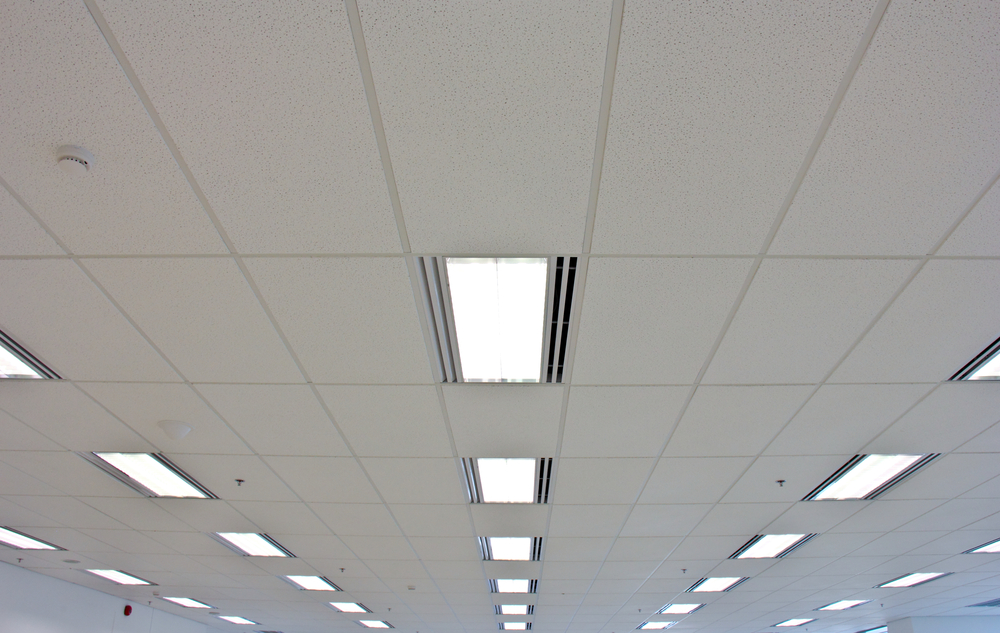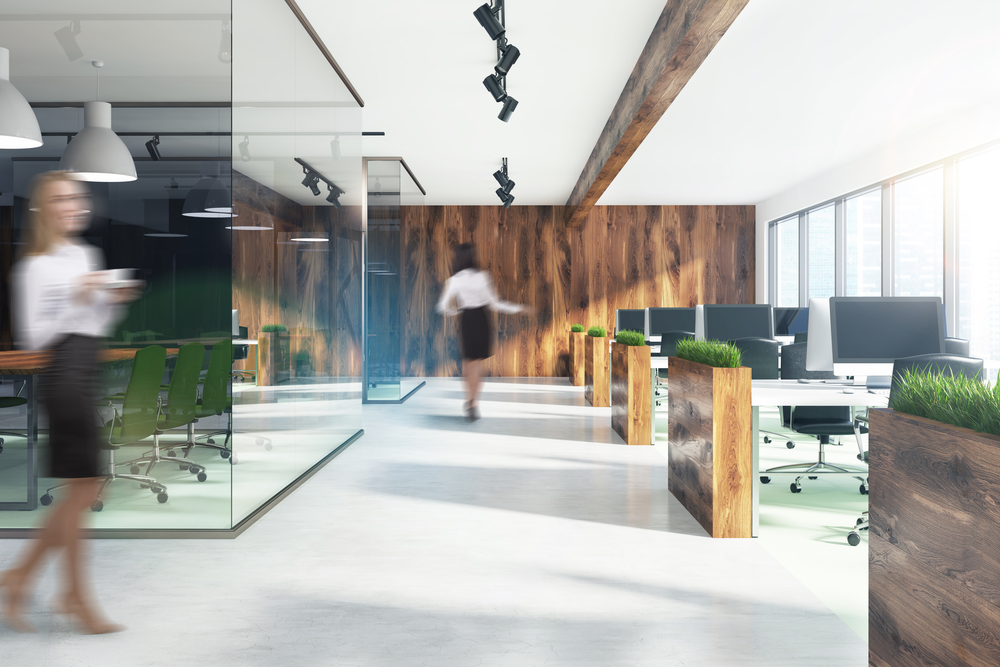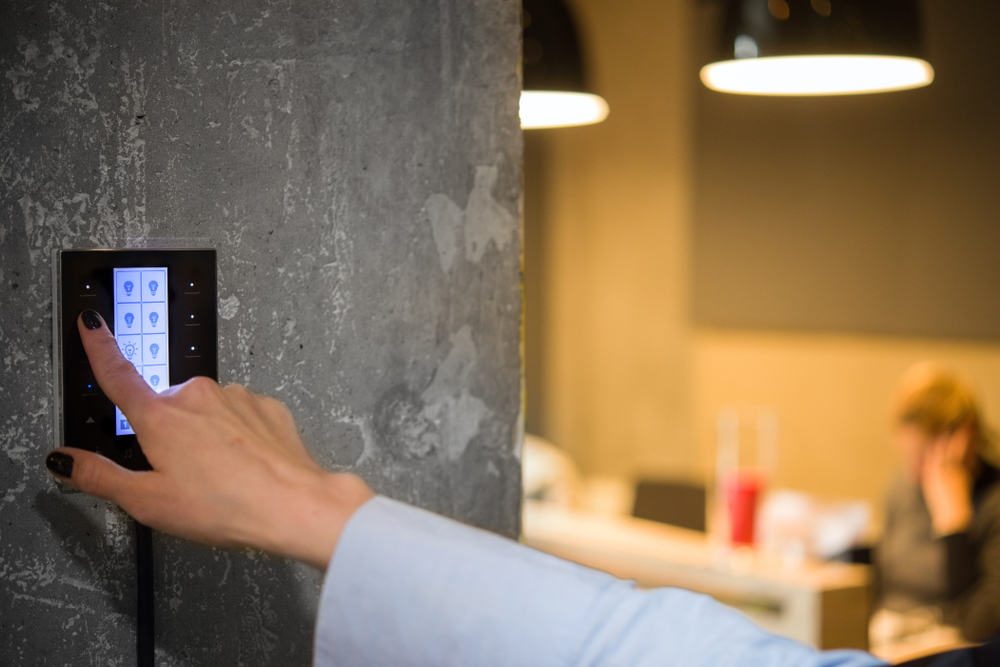While floorplans and furniture take a lot of time and energy to plan for an office, paying attention to smaller details, like lighting, are just as important. Most people spend the majority of daylight hours in their workplace, so the quality of the lighting and environment are crucial. While there are the obvious aesthetic advantages of good office lighting, it can also have an effect on employees’ health and productivity, which we will explain further.
 Poor Lighting
Poor Lighting
Unfortunately, the most common form of office lighting is fluorescent lighting, which can cause severe problems with many employees, such as eye strain and headaches. A common issue with fluorescent lighting is that it distributes light very poorly – either putting out too much or too little light. Both can impair workers’ vision and distract them from their work, especially if they are using a computer. By spending a lot of time in a poorly lit area, employees have been known to experience lower quality of life and higher work frustration.
Natural Light 
Utilizing natural light as much as possible in an office has been shown to increase employees’ productivity and overall happiness in the workplace. To get the maximum amount of natural light in your office, make sure there are plenty of windows in both the working and break room areas. Open floor plans and the use of glass walls over opaque walls are some other common ways to ensure natural light flows freely throughout the space.
The benefits of more natural lighting in a workplace range from improved sleep quality to more attentive and productive employees. It’s amazing how such a small detail can have such a big impact on well-being and attitude.
 Customize the Lighting
Customize the Lighting
When designing an office’s lighting plan, it is best to take into account what type of work will be done there and tailor the lighting specifications accordingly. For example, if employees need to see small things very clearly like drawings, they may need brighter light than someone working on a computer screen that gives off a light of its own. It is always best to consider giving the staff, who are actually working in the space, control over their own lighting using dimming switches and multiple light sources. They can alter the lighting in their work area to suit their preferences and ultimately be more productive.
When it comes to designing workplaces, ensuring that lighting gets attention during planning is crucial – as it is often overlooked. As commercial interior design experts, we have seen it all when it comes to office lighting issues and know how to prevent and fix them. Give us a call or visit our website to learn more about our process and how we can address your workplace lighting concerns!